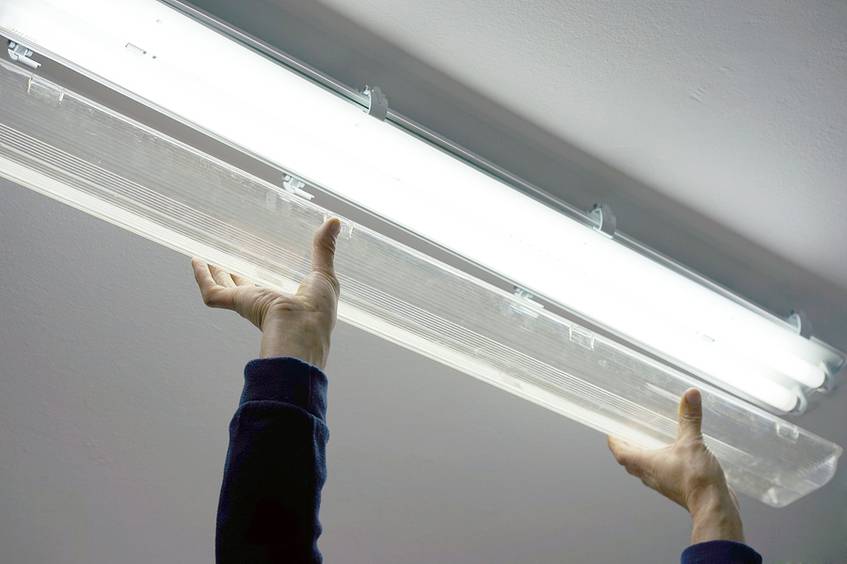
Inspections, estimates, and repairs affect just about every business in some way.
Some businesses perform these functions as core business services, while others may take care of their self-generated inspection, estimate, and repair functions in-house. And just about every business has experienced having a piece of equipment inspected and had an estimate made for having it repaired.
For businesses that repair things as their core business process, having workflows for inspection, estimate creation, and repair work is essential to consistent quality. For businesses that handle some of their own inspections and repairs in-house, having these workflows makes sense too.
And even for businesses that don’t repair things, it can make a lot of sense to have inspection workflows. After all, keeping the equipment that powers your business working properly is essential, and inspections can reveal problems that are easier and less expensive to address when found early.
Businesses Where Repair Is a Core Function
Some businesses repair things: cars, electronics, even shoes. Carrying out a thorough repair that satisfies the customer begins with inspecting the item in need of repair. An inspection workflow can step technicians through all the necessary inspection points, to create a comprehensive picture of what is needed.
After inspection, a workflow for developing a repair estimate serves a similar function. With a defined workflow, technicians are far less likely to overlook something and have to go back to the customer later to recommend further work.
Repair workflows make sense too. Although most repairs will be unique, they may all have commonalities. For example, once every repair is finished, testing the repaired product should be part of the workflow before turning the item back over to the customer.
Businesses That Handle Repairs In-House
Many businesses that don’t repair things as a core business process nonetheless do in-house repairs. If a business owns the building where it is located, it may have a building manager who is in charge of ensuring that things like doorknobs and locks work, that damaged floors are repaired to prevent tripping hazards, and that burned-out light bulbs are replaced in a timely manner.
Many businesses also have their own IT departments that are responsible for keeping everyone’s workstations operable. Regular inspections of IT equipment may be part of this process. When a piece of IT equipment malfunctions, automated workflows for inspection and estimates can help IT workers quickly determine whether the equipment should be repaired, or whether it is more cost-effective to replace it. If the repair itself is handled in-house, an automated repair workflow can ensure consistency and thoroughness.
Inspection Workflows Make Sense for Most Businesses
Every business should perform regular inspections of business equipment, particularly if they own the equipment outright. Automated workflows for inspections of equipment like copiers, printers, laminators, and other items can sometimes identify problems early on, when they’re simple and inexpensive to fix. Records of these inspections can also prove useful to outside repair technicians when they come to fix equipment that can’t be repaired in-house. Ultimately, automated inspection workflows, performed regularly, help minimize business disruptions due to equipment problems.
How does a business create such workflows? It’s easy with PerfectApps. PerfectApps is workflow software that allows non-programmers to create customized workflows for a nearly endless array of business functions. Automated workflows can be created for everything from onboarding new employees to approving employee vacation time to inspecting and repairing IT equipment.
The PerfectApps user interface allows users to drag and drop workflow elements into place, which makes it easy for workflow end-users themselves to input their suggestions into how workflows can be most helpful. We encourage you to watch the demo video and see for yourself how easy it is to use PerfectApps to create the custom workflows you need, across all departments in your business.






